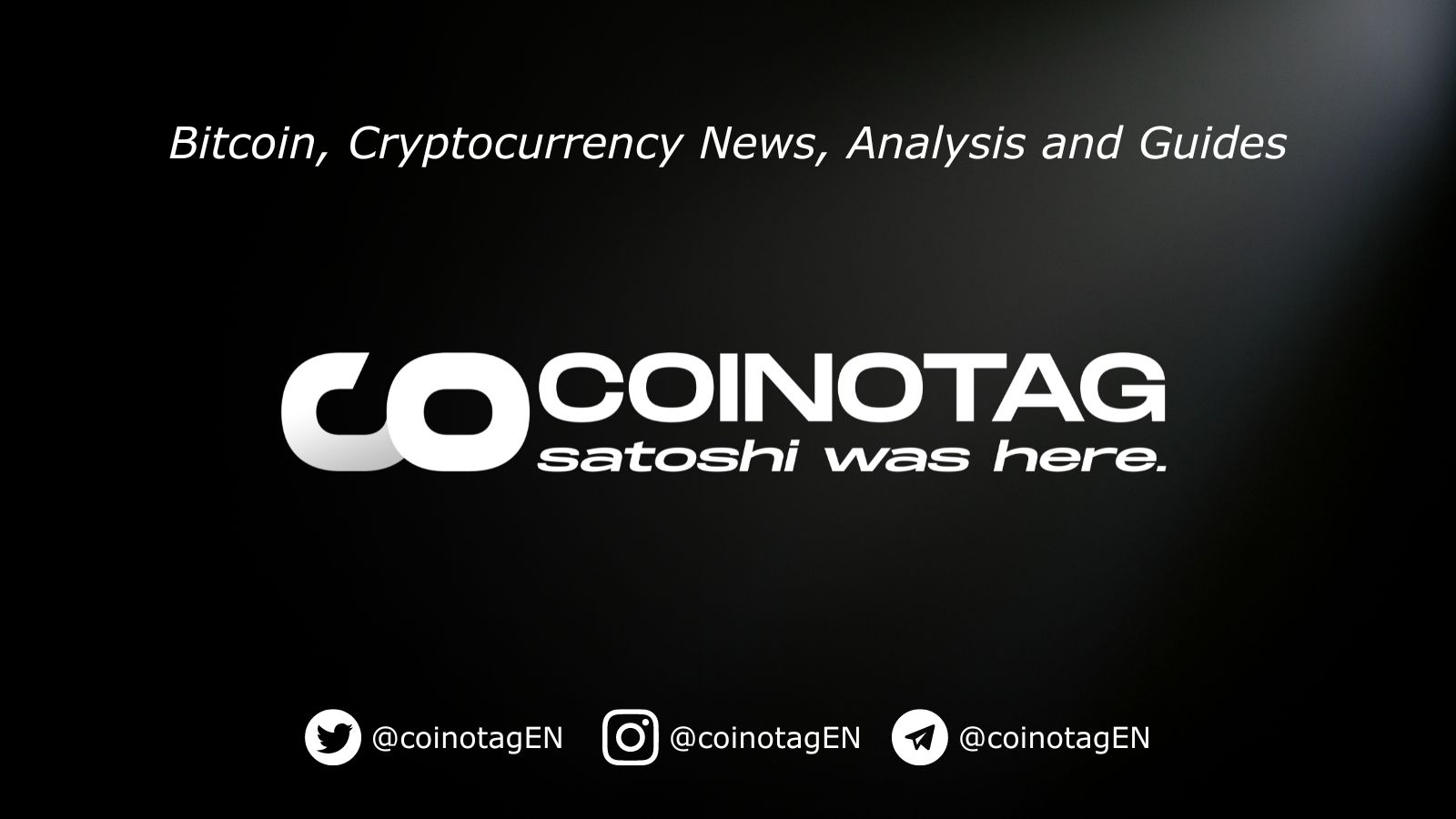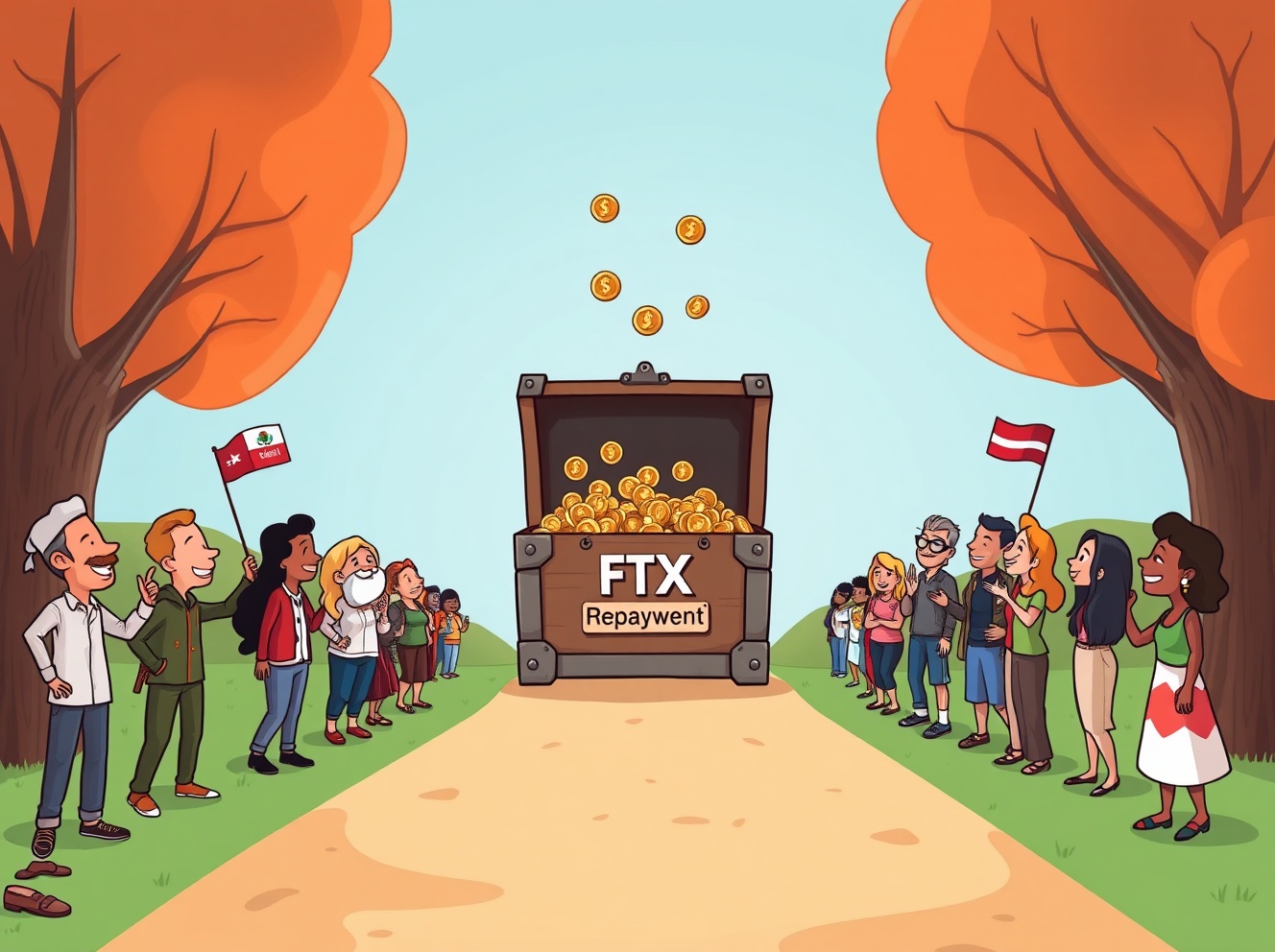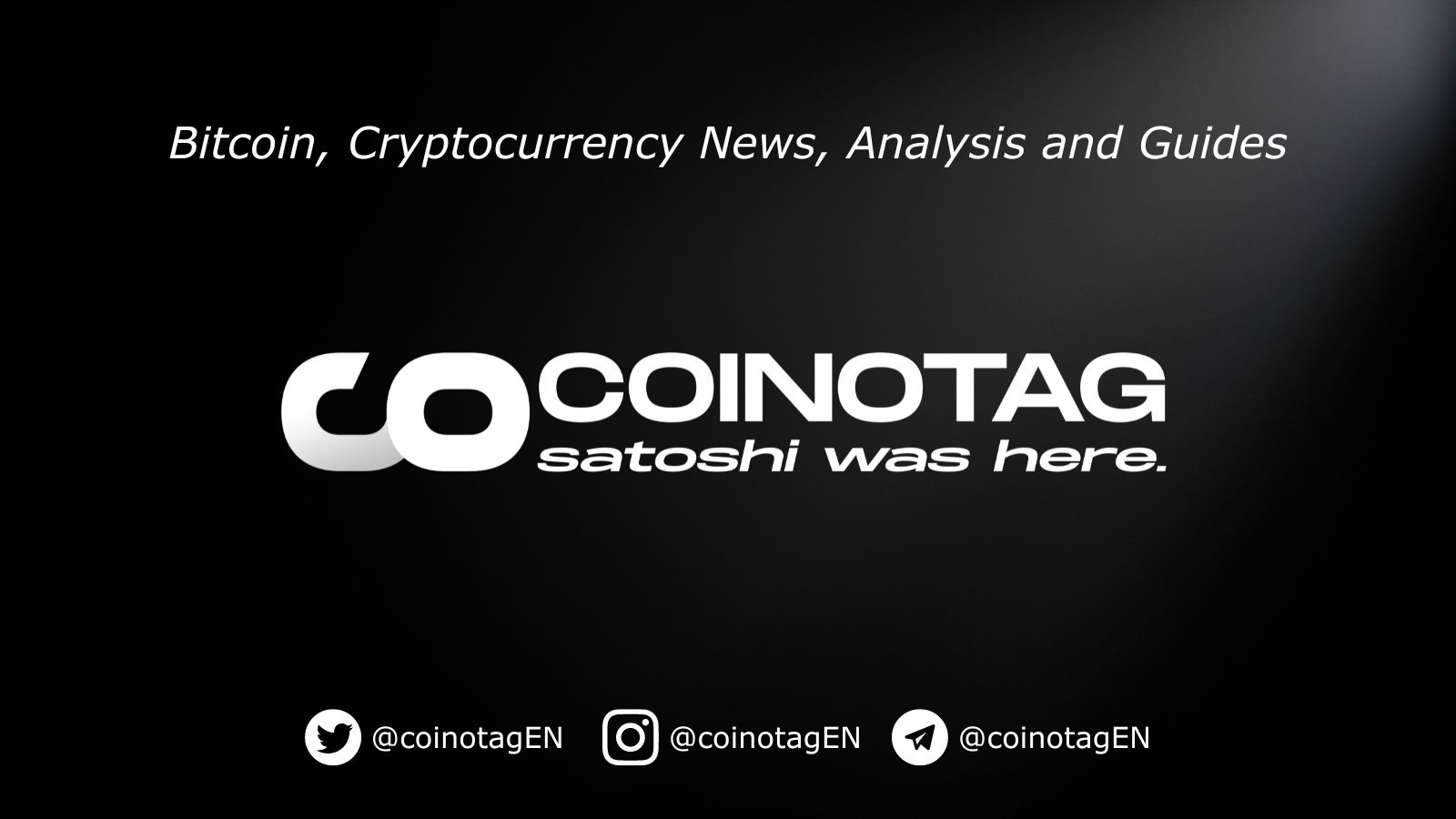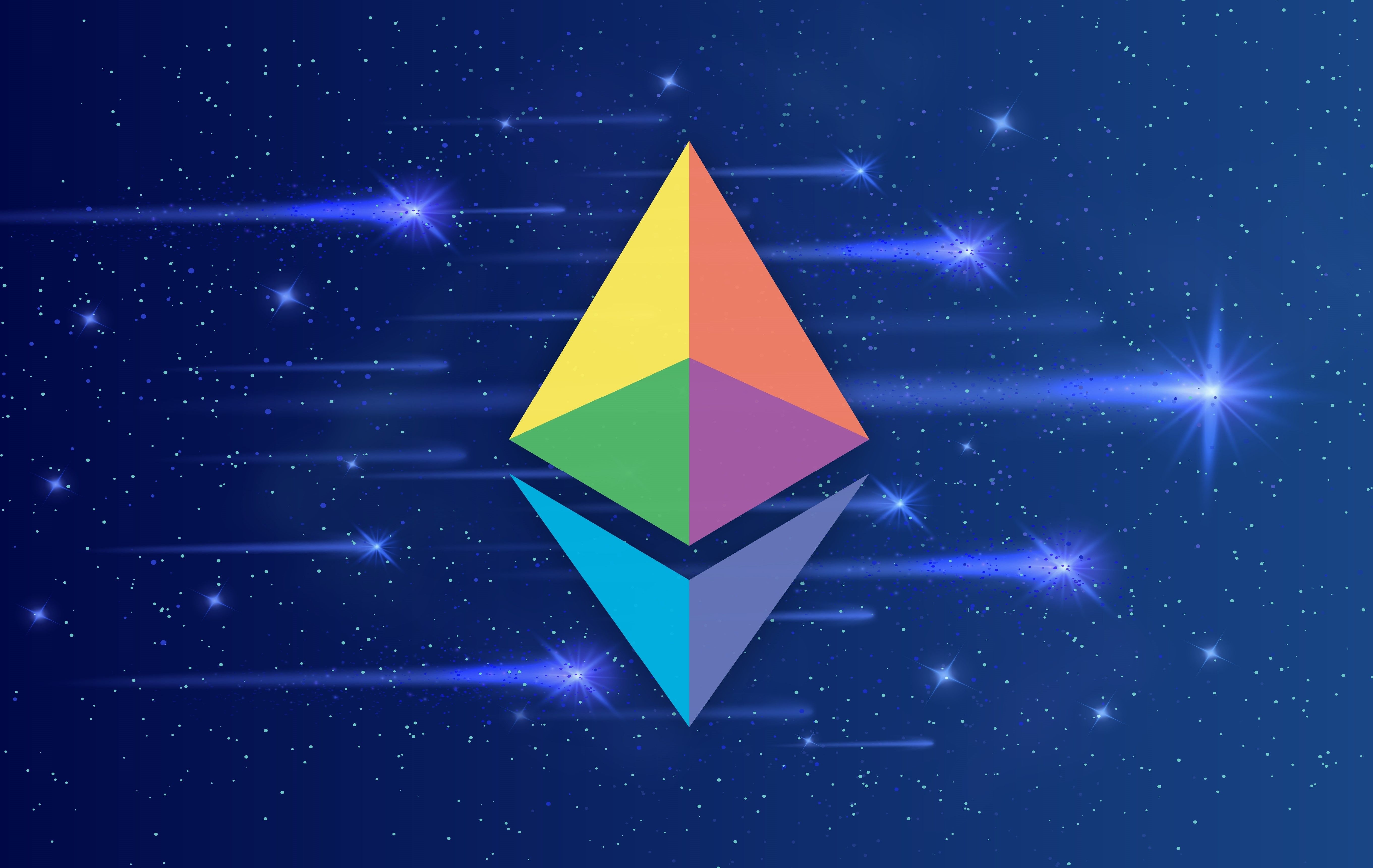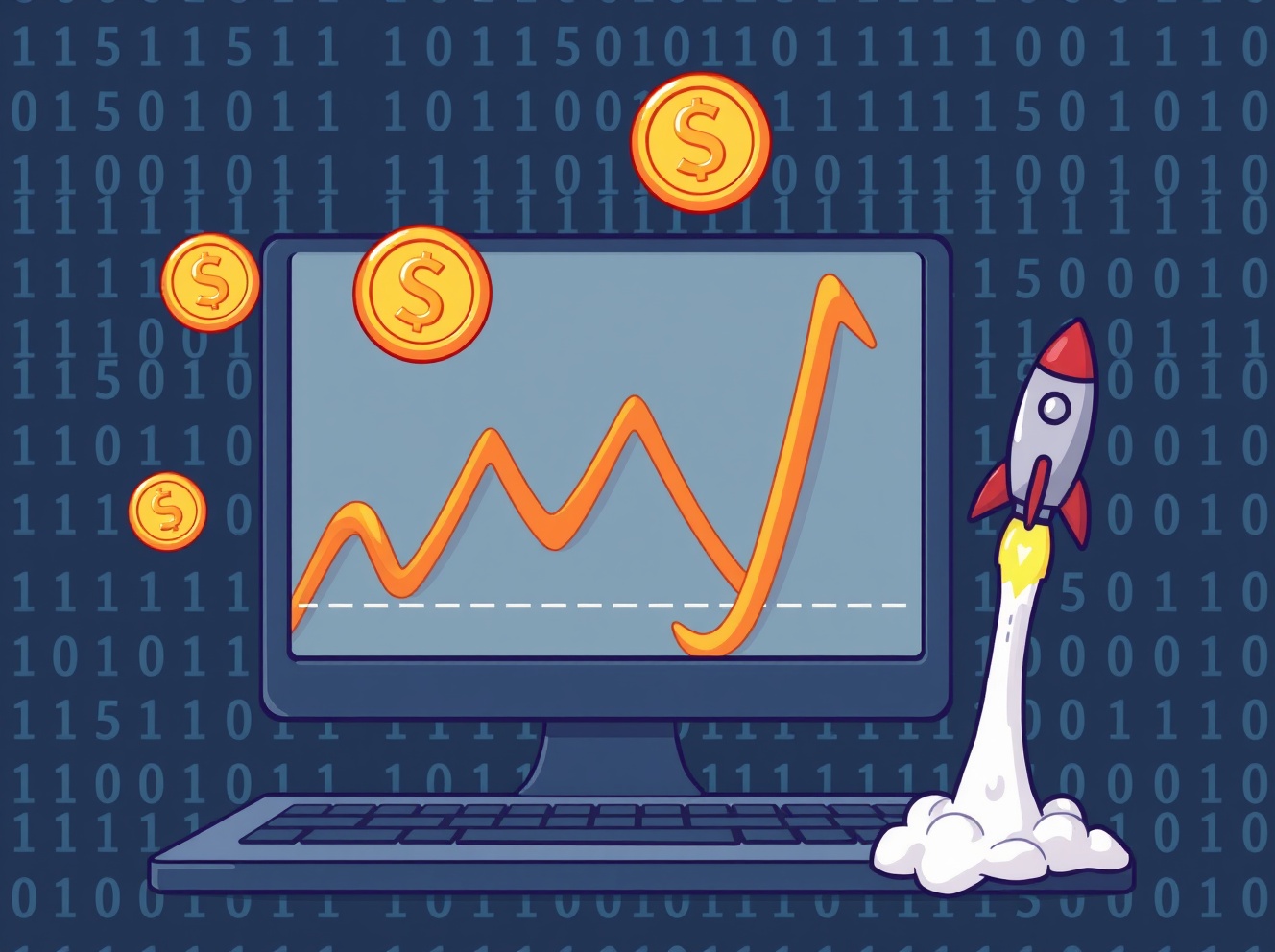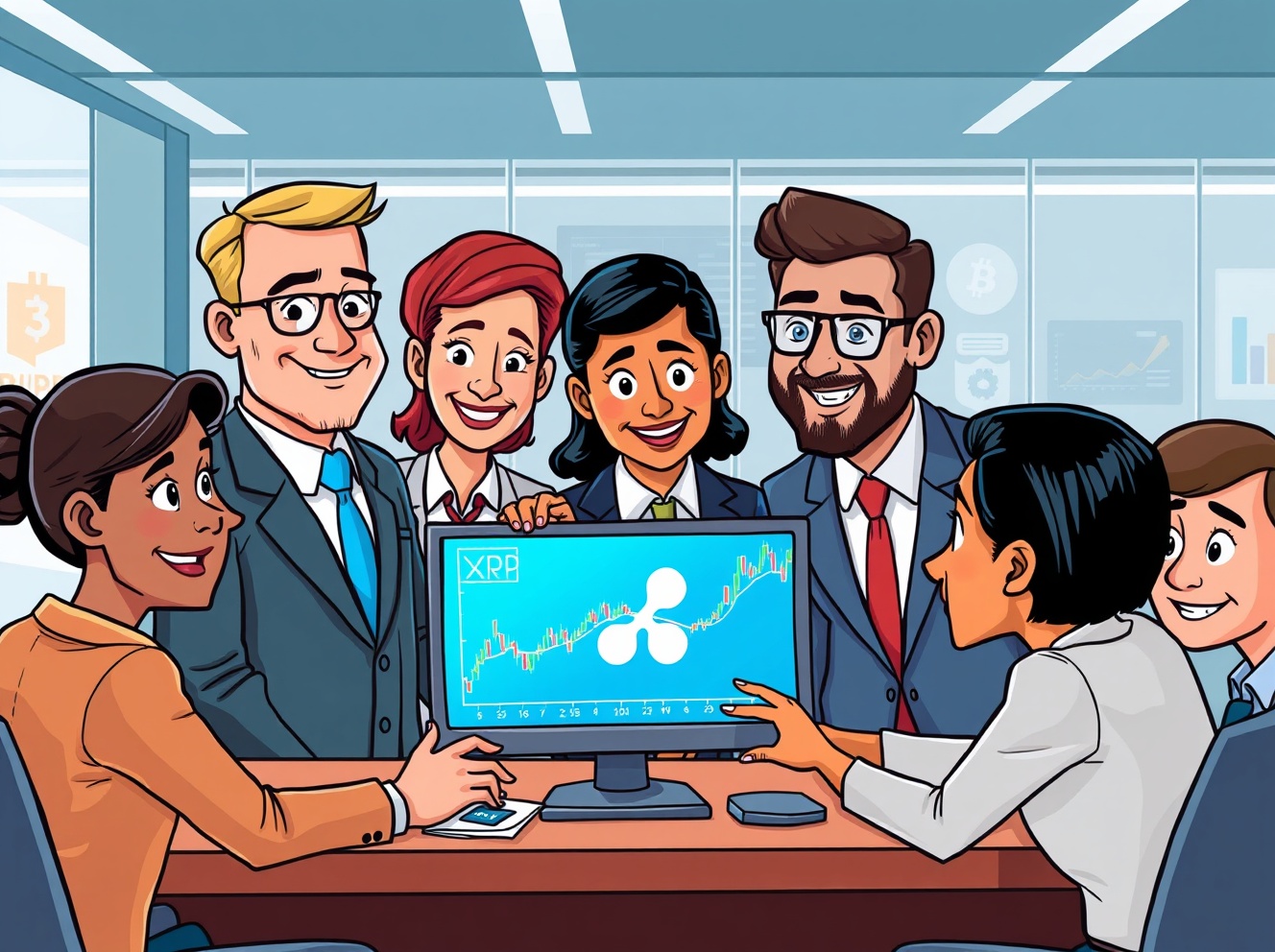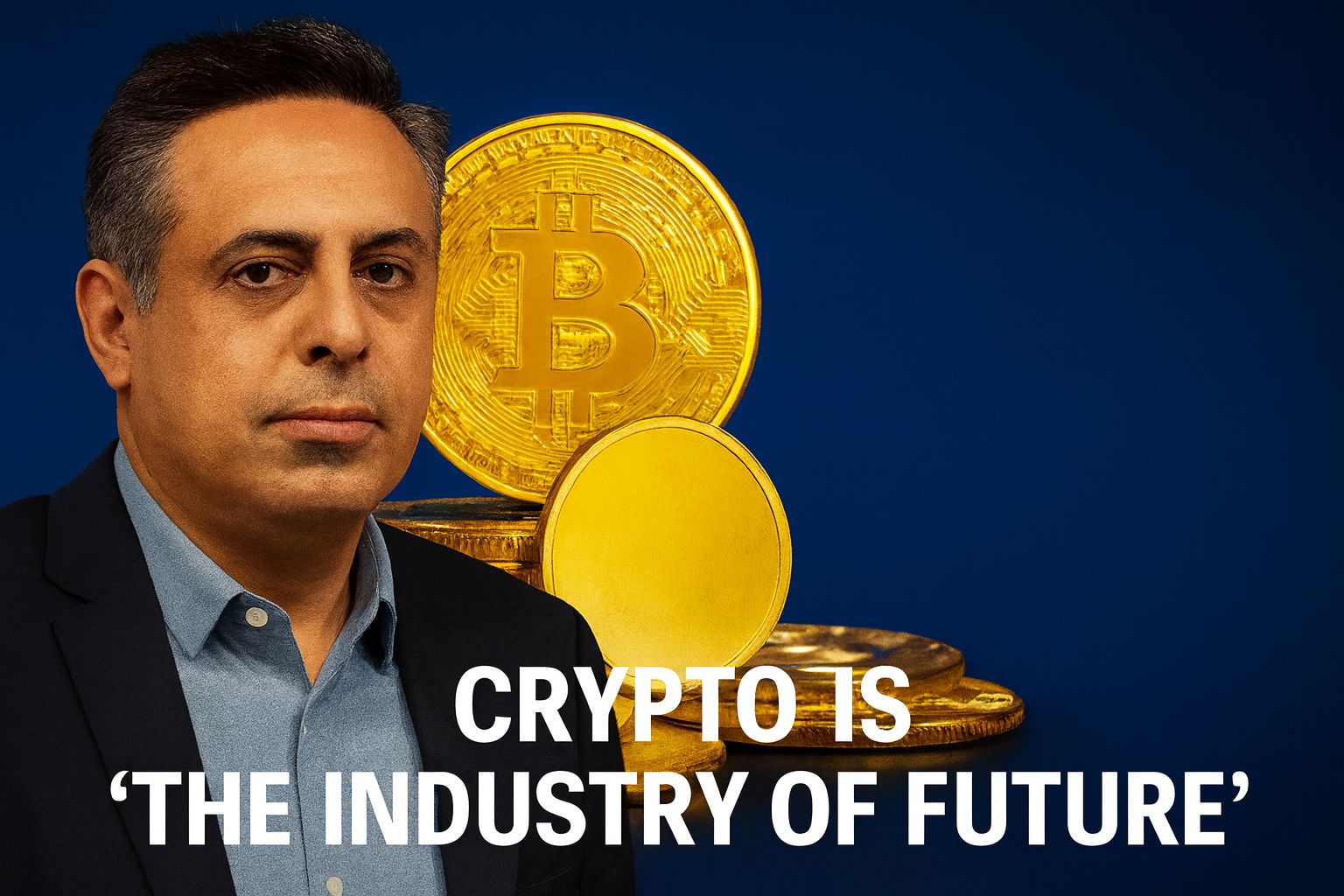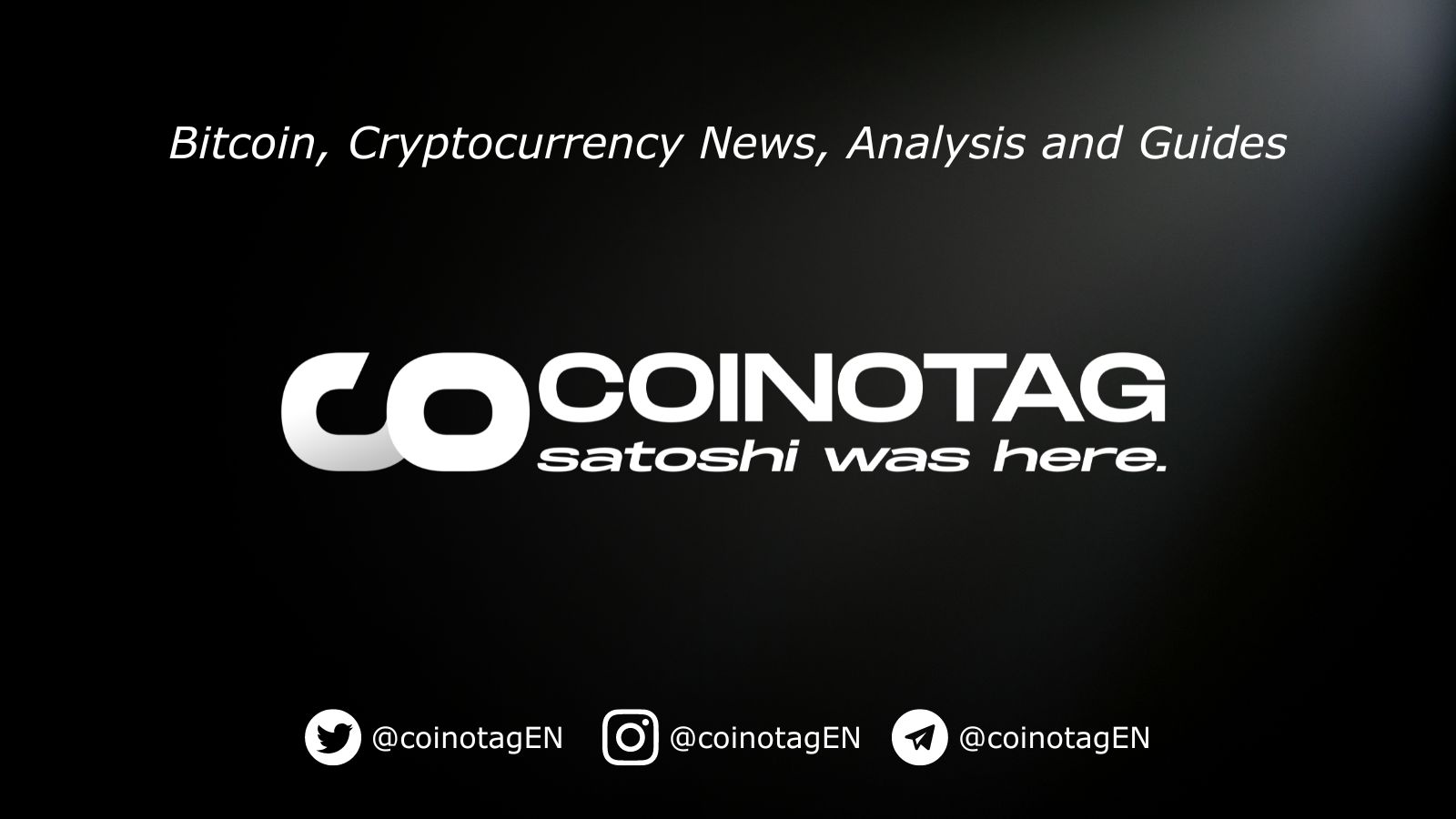
Strategy, led by Michael Saylor, has filed for an initial public offering of 3.5 million euro-denominated perpetual shares under the ticker STRE to raise capital primarily for acquiring more Bitcoin.
CoinOtag
You can visit the page to read the article.
Source: CoinOtag
Disclaimer: The opinion expressed here is not investment advice – it is provided for informational purposes only. It does not necessarily reflect the opinion of BitMaden. Every investment and all trading involves risk, so you should always perform your own research prior to making decisions. We do not recommend investing money you cannot afford to lose.
Microsoft UAE Investment: A Monumental Leap in Global AI Diplomacy

BitcoinWorld Microsoft UAE Investment: A Monumental Leap in Global AI Diplomacy In the rapidly evolving landscape where artificial intelligence intersects with the digital economy, a monumental development is unfolding that could reshape global power dynamics and technological infrastructure. For those in the cryptocurrency and blockchain space, understanding the underlying advancements in AI, data centers, and GPU technology is crucial, as these elements often form the backbone of decentralized networks and high-performance computing. Microsoft’s recent Microsoft UAE Investment of $15.2 billion in the United Arab Emirates isn’t just a financial transaction; it’s a strategic move with profound implications for AI development, geopolitical influence, and the future of technological collaboration. This investment positions the UAE as a critical testbed for US AI Diplomacy , bringing advanced Nvidia AI Chips to the region and setting a new precedent for international tech partnerships. What Does Microsoft’s Monumental UAE Investment Entail? Microsoft has announced an impressive $15.2 billion investment in the United Arab Emirates over the next four years, a significant commitment unveiled at the inaugural Abu Dhabi Global AI Summit. This substantial capital injection began in 2023 as part of a new AI initiative in the country, with Microsoft having already spent over $7.3 billion by the end of 2025. This initial phase includes a $1.5 billion equity investment in G42 , the UAE’s sovereign AI company, alongside more than $4.6 billion dedicated to capital expenses for data centers. Looking ahead, Microsoft pledges to invest an additional $7.9 billion from 2026 through 2029. A significant portion of this — $5.5 billion — will fund ongoing and planned expansion of AI and cloud infrastructure. This robust Microsoft UAE Investment is not merely about establishing a physical presence; it’s about embedding advanced AI capabilities deep within the region’s technological fabric. Navigating the Complexities of US AI Diplomacy This deal marks a pivotal moment for US AI Diplomacy . For the first time, the U.S. has granted Microsoft a license to export advanced Nvidia AI Chips to the UAE. This move transforms the UAE into a crucial proving ground for U.S. export-control strategies and solidifies its role as a regional anchor for American AI influence. The decision follows a period of delay; an earlier deal struck in May by President Donald Trump with UAE President Sheikh Mohamed bin Zayed al-Nahyan to build an AI data center campus in Abu Dhabi was stalled due to U.S. export restrictions on powerful Nvidia chips. Microsoft became the first company to secure a license from the U.S. Commerce Department in September, enabling these critical shipments. This demonstrates a carefully calculated diplomatic effort, aiming to balance technological advancement with national security concerns and strategic alliances. The Power of Nvidia AI Chips in the Middle East The core of this transformative deal lies in the direct shipment of the most advanced Nvidia AI Chips to the UAE. These include powerful GPUs such as the A100, H100, and H200. Microsoft has confirmed that, through substantial work to meet stringent cybersecurity and national security conditions, it has accumulated the equivalent of 21,500 Nvidia A100 GPUs in the UAE. These cutting-edge chips are essential for running advanced AI systems and are being leveraged by Microsoft to provide access to leading AI models from OpenAI , Anthropic , various open-source providers, and Microsoft’s own AI offerings. The availability of such high-performance computing resources is a game-changer, accelerating AI research, development, and application across various sectors in the Middle East. For those in the crypto space, the significance of powerful GPUs is well understood, underpinning everything from mining operations to complex computational tasks, and their deployment here signals a major boost to regional digital infrastructure. Is the UAE Becoming the Next Global UAE AI Hub? Microsoft’s vision for the UAE extends far beyond merely building data centers. The company is strategically pairing its massive AI infrastructure with deep investments in local talent, training, and governance. This comprehensive approach is designed to transform the region into a vibrant UAE AI Hub . Microsoft has pledged to train a million residents by 2027, fostering a skilled workforce capable of driving future AI innovations. Furthermore, Abu Dhabi is being positioned as a regional hub for AI research and model development, attracting top talent and fostering an ecosystem of innovation. This commitment suggests a long-term strategy to cultivate indigenous AI capabilities, moving the UAE beyond being just a consumer of technology to a significant contributor and innovator in the global AI landscape. This proactive development could see the UAE emerge as a key player in the global competition for AI dominance, influencing technological trends across the Middle East and beyond. Addressing Concerns: US Export Controls and Geopolitical Implications While the Microsoft UAE Investment and the easing of US Export Controls signify a new era of cooperation, the deal has not been without its critics. Concerns have been raised that this arrangement could potentially undermine the logic behind the U.S.’s strict export restrictions to China . Critics suggest that introducing such advanced technology to a Chinese ally like the UAE could inadvertently create possible back-channels for restricted chips or AI knowledge to reach adversaries. This delicate balance between fostering strategic alliances, promoting technological leadership, and safeguarding national security interests is at the heart of the ongoing debate. The U.S. government and Microsoft maintain that rigorous cybersecurity and national security conditions are in place to prevent misuse, yet the geopolitical implications remain a significant point of discussion in the global race for AI supremacy. A New Chapter in Global AI Development Microsoft’s $15.2 billion investment in the UAE represents a bold and strategic move that will undoubtedly shape the future of artificial intelligence, international diplomacy, and regional economic development. By bringing advanced Nvidia AI Chips and extensive AI infrastructure to the Gulf State, Microsoft is not only expanding its market footprint but also positioning the UAE as a critical player in the global AI landscape. This initiative is a testament to the power of technological collaboration, even as it navigates the complex waters of geopolitical tensions and US Export Controls . As the UAE blossoms into a significant UAE AI Hub , its role as a test case for AI Diplomacy will be closely watched, offering valuable insights into how nations can collaboratively advance technology while addressing security concerns. To learn more about the latest AI market trends, explore our article on key developments shaping AI features. Frequently Asked Questions (FAQs) Q1: What is the total value of Microsoft’s investment in the UAE? A: Microsoft will invest a total of $15.2 billion in the United Arab Emirates (UAE) over the next four years, starting from 2023. Q2: What is the significance of the Nvidia chip shipments to the UAE? A: The shipment of advanced Nvidia GPUs (A100, H100, H200) to the UAE is significant because it marks the first time the U.S. has granted a license for such exports to the region, positioning the UAE as a test case for U.S. export-control diplomacy and a regional anchor of American AI influence. These chips are crucial for running advanced AI systems. Q3: What role does G42 play in this investment? A: G42 is the UAE’s sovereign AI company. As part of the deal, Microsoft has made a $1.5 billion equity investment in G42, demonstrating a deep collaboration in developing AI capabilities within the country. Q4: Why was a previous AI data center project in Abu Dhabi delayed? A: A previous deal struck by President Donald Trump with UAE President Sheikh Mohamed bin Zayed al-Nahyan to build an AI data center campus was delayed due to U.S. export controls, which restricted the sale of powerful Nvidia chips needed for advanced AI systems. Q5: What are some of the broader goals of Microsoft’s investment beyond data centers? A: Beyond building data centers, Microsoft is committing to extensive investment in local talent, training, and governance. The firm pledges to train a million UAE residents by 2027 and aims to establish Abu Dhabi as a regional hub for AI research and model development. Q6: What concerns have critics raised about this deal? A: Critics argue that the deal could undermine the logic of the U.S.’s export restrictions to China by potentially introducing back-channels through a Chinese ally like the UAE, raising concerns about the security of advanced AI technology. Q7: Which AI models will be accessible through this infrastructure? A: Microsoft will use the advanced Nvidia chips to provide access to AI models from OpenAI , Anthropic , various open-source providers, and its own AI offerings. This post Microsoft UAE Investment: A Monumental Leap in Global AI Diplomacy first appeared on BitcoinWorld . CoinOtag
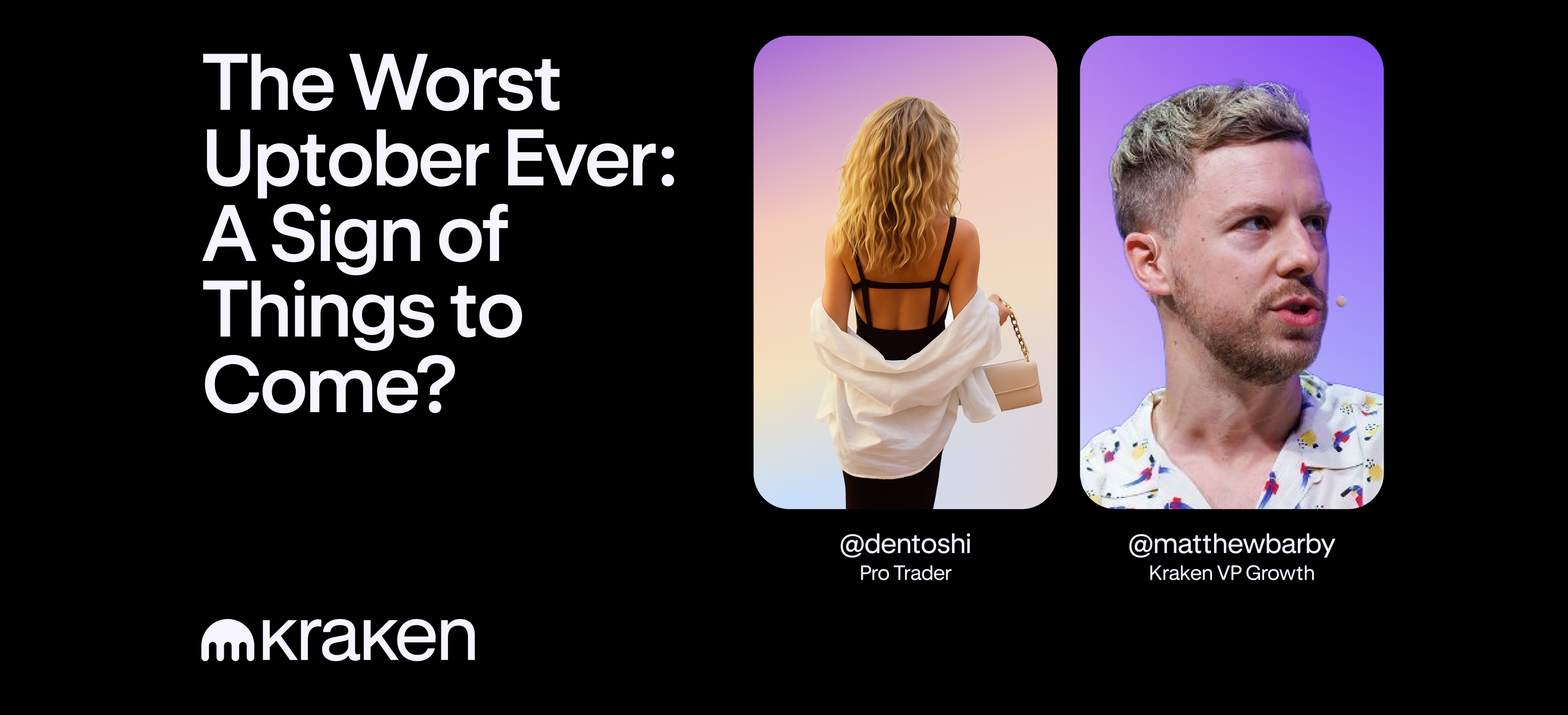
The worst Uptober ever: a sign of things to come?
TL;DR Macro set the mood: the hosts discussed US–China headlines, a widely expected 25 bps Fed cut and a cooler CPI print alongside a mixed earnings season. Crypto = range city: BTC and ETH both sat between big support and big resistance , producing fake-outs in both directions. Alts: First things first : Alts got absolutely murdered and chart structures have not yet been fixed. So pick your spots: with sentiment bruised after the Oct 10 liquidations, outliers with clean narratives (e.g., ZEC, HYPE, TAO ) drew the focus while newer names ( XPL ) showed how unforgiving this tape can be. Playbook: stay objective, trade the range, let leaders confirm strength and keep risk tight until the market chooses a direction . This is a good time to get comfortable with trading less. Vibe check October is often “Uptober,” but this one felt more like Down-tober . After the Oct 10 flush and a lot of chop since, the big question on the space: was it just coming up for air or did it mark a warning for the rest of the year? Macro in a minute US–China: rising trade-tension headlines framed Oct 10’s wobble; recent diplomacy cooled things a touch, but sentiment remains cautious. The Fed: a highly priced-in 25 bps cut landed, but Chair Powell’s “ December isn’t a foregone conclusion ” tone clipped risk appetite. Data and earnings: a delayed CPI came in softer; bank results started strong; big tech was mixed; crypto-adjacent names ( Coinbase, MicroStrategy ) printed decent numbers. AI remains the equity market’s locomotive. Bottom line: the macro backdrop leans constructive , but the path is jagged . “It doesn’t want to go up, but it’s not going down either. So… we’re chopping.” BTC: respect the range Higher-timeframe lens: through this cycle, BTC has often based around the 3-day 100EMA . We’ve logged about three weeks ping-ponging in that neighborhood. Structure: every dip into the support band has bounced, yet pushes into ~114–116 have repeatedly faded. What would help Bullish: reclaim the EMA cluster and hold above ~116 (roughly mid-range) to show trend intent. Bearish: a clean break and time spent below the June-low area (~ high-90s/low-100s ) without swift buy-back would dent the cycle case. Read: it’s a range. Treat it like one. ETH: same song, slightly softer Correlation with BTC remains high, but ETH’s structure looked a touch weaker on the Space: reclaim attempts have been less convincing, and EMAs still point down. Do business where it’s clean — either a proper flush and reclaim of obvious lows or a decisive EMA flip back up. Until then, patience. Alts: narratives or nothing Context: Oct 10 underscored the lack of bids down the tail. With majors undecided, broad “max-long alts” is not the base case. How the hosts bucketed things: Most alts — broke structure on Oct 10 and are lingering near lows without leadership. New launches (e.g., XPL) — harsh lesson in how unforgiving the current tape is. Clean-narrative outliers — still tradable with discipline: ZEC (Zcash): textbook strength out of a long consolidation; respected MAs even through the dump. Coming into multi-year resistance (2017/2021 reference points). No hero shorts; longs must accept rug-risk at inflection. HYPE: range-respecting outperformer. Attempts above range high failed cleanly; now mid-range retest is the tell. Leaders like this often front-run risk-on or warn when they can’t reclaim. TAO: strong relative trend; mid-range + yearly open acting as the gate. A hold or reclaim signals “risk can expand.” A deviate-and-fail says “not yet.” “If the outperformers can’t break out or hold support, the rest probably isn’t worth your attention.” Levels and triggers the hosts are watching BTC Support: the post-flush base area (the hosts’ composite around 106 repeatedly defended) and the June-low zone (~ high-90s/low-100s ). Resistance: the EMA stack and ~116 (mid-range). ETH Similar map: clustered EMA resistance + HTF range resistance + Q/O overhead; interest only on a clean sweep and reclaim lower down or a decisive flip back to uptrend. Leaders (ZEC / HYPE / TAO) ZEC at multi-year supply HYPE around mid-range TAO battling mid-range + yearly open Trading playbook Accept the regime: it’s range and chop until the market proves otherwise. Be selective: IF you trade , favor leaders with narratives over “everything beta.” Let price speak: wait for reclaims , closes and time-based confirmation ; avoid anticipating breakouts. Defensive sizing: keep risk tight and take profits ; this tape punishes overstaying. What’s next November often skews constructive, but October reminded us that seasonality isn’t a guarantee . With less fresh data flow and lingering macro watch-items, focus on levels , leadership and how quickly dips get bought or tops get sold . “Stay objective. It’s chop until it isn’t.” Watch the replay & follow along Catch the full replay on YouTube: Housekeeping Thanks to everyone who joined live and on the replay. Trading Spaces runs every two weeks . Follow @krakenfx , @krakenpro and @Dentoshi for stream times, charts and highlights. Trade with Dentoshi on Kraken Pro The post The worst Uptober ever: a sign of things to come? appeared first on Kraken Blog . CoinOtag



